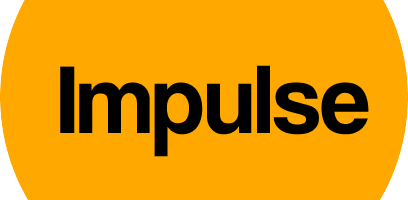Case study
How a Startup with a Tight Budget Maximized its Results
SmartBotParking, headquartered in Nice, implemented a series of "hygienic" procedures for their information resources over a six-month period to draw the attention of potential investors. This effort resulted in a notable growth in both contacts and contract agreements.
Problem
For virtually any startup in the early stages of its operation, there is a limited budget for marketing and establishing an image. Meanwhile, the cost of a business correlates with how much support a particular idea receives from its audience, customers, and investors. It is advantageous for a startup to be visible in order to maintain interest and attract funding.
For virtually any startup in the early stages of its operation, there is a limited budget for marketing and establishing an image. Meanwhile, the cost of a business correlates with how much support a particular idea receives from its audience, customers, and investors. It is advantageous for a startup to be visible in order to maintain interest and attract funding.
This creates a catch-22 situation: startups often can't afford expensive PR, but they must stand out in a unique way.
A logical question arises: is it possible to maintain a presence in the information sphere with a limited budget?
SmartBot Parking has been in existence for five years. The company offers a solution for automating parking management and is primarily of interest to the public sector. A positive public image and a sense of the product's social significance are essential. A solid reputation leads to sales.
In the initial stages, SmartBotParking made investments in its corporate image: a brand style was developed, a website was created, and profiles were opened on various social networks. However, systematic work was not carried out thereafter, and different employees performed tasks to maintain resources without coordination.
The need to return to systematic work arose during the search for a strategic investor. It became necessary to update the company's presence on social media, reactivate old contacts, and attract press attention to the project's results.
SmartBot Parking has been in existence for five years. The company offers a solution for automating parking management and is primarily of interest to the public sector. A positive public image and a sense of the product's social significance are essential. A solid reputation leads to sales.
In the initial stages, SmartBotParking made investments in its corporate image: a brand style was developed, a website was created, and profiles were opened on various social networks. However, systematic work was not carried out thereafter, and different employees performed tasks to maintain resources without coordination.
The need to return to systematic work arose during the search for a strategic investor. It became necessary to update the company's presence on social media, reactivate old contacts, and attract press attention to the project's results.
Solution
The first task was to conduct an audit of existing resources and select priorities that could yield the maximum effect. The decision was made to focus on "hygienic" measures: maintaining a stable information background about the project. LinkedIn was chosen as the priority promotion channel, with a new supporting email newsletter, and the center of the entire company was the presentation of the pilot project to Nice City Hall.
The most representative social media resource for the company was LinkedIn. Publications here were irregular, repetitive, and lacked a unified format. Nevertheless, the page managed to build its own audience, including European experts and representatives of French municipalities.
The first task was to conduct an audit of existing resources and select priorities that could yield the maximum effect. The decision was made to focus on "hygienic" measures: maintaining a stable information background about the project. LinkedIn was chosen as the priority promotion channel, with a new supporting email newsletter, and the center of the entire company was the presentation of the pilot project to Nice City Hall.
The most representative social media resource for the company was LinkedIn. Publications here were irregular, repetitive, and lacked a unified format. Nevertheless, the page managed to build its own audience, including European experts and representatives of French municipalities.
LinkedIn became the prototype of corporate media. Support for other social networks was postponed to the next stage.
To give the LinkedIn audience a corporate style, a kind of makeover was carried out, with the frequency of posts determined to be appropriate for the established audience. A conservative and business-like presentation style was developed.
To make the posts more recognizable among others, a unified design style was created. Free Canva templates were used as a basis, with the addition of the logo and corporate colors.
The frequency of posts was chosen based on the number of followers (the principle being "the more followers, the more frequent the posts") and the availability of a sufficient number of informational reasons. As a result, it was decided to publish one to two posts per week.
The style of the posts was informational, and publications were diversified to prevent subscribers from feeling bored:
To make the posts more recognizable among others, a unified design style was created. Free Canva templates were used as a basis, with the addition of the logo and corporate colors.
The frequency of posts was chosen based on the number of followers (the principle being "the more followers, the more frequent the posts") and the availability of a sufficient number of informational reasons. As a result, it was decided to publish one to two posts per week.
The style of the posts was informational, and publications were diversified to prevent subscribers from feeling bored:
- Company news.
- Portraits of founders and employees.
- Surveys.
- User quotes.
- Links to relevant parking-related publications in the media.

Screenshot of a report from one of the email campaigns
A monthly email newsletter was launched to support LinkedIn. This provided an opportunity to update and reactivate the partner database, both current and potential. The email was designed as an "electronic newspaper" with a content hierarchy and buttons with calls to action.
Over the years, the company's employees had accumulated many contacts and hundreds of business cards that had not been entered into the CRM. A good opportunity arose to update the database and inform partners about project news.
The free limit of the MailerLite program was used as the tool. Data was uploaded to different lists, such as "investors," "journalists," and so on. The email program has a convenient block editor with a conservative yet pleasant design, from which a corporate template was created.
The newsletter is sent once a month as a kind of digest of all content activities on LinkedIn.
Over the years, the company's employees had accumulated many contacts and hundreds of business cards that had not been entered into the CRM. A good opportunity arose to update the database and inform partners about project news.
The free limit of the MailerLite program was used as the tool. Data was uploaded to different lists, such as "investors," "journalists," and so on. The email program has a convenient block editor with a conservative yet pleasant design, from which a corporate template was created.
The newsletter is sent once a month as a kind of digest of all content activities on LinkedIn.
The central event of the campaign was the presentation of the results of the pilot project to the Nice City Hall. Many information opportunities were obtained for all information resources (meetings at the city hall to prepare the event, announcements, press releases in French, and a report on the execution).
The presentation was intimate and aimed at strengthening relations with the city hall. Therefore, invitations were sent only to a few local publications. As a result, one journalist attended the presentation and released a news article.
The presentation was intimate and aimed at strengthening relations with the city hall. Therefore, invitations were sent only to a few local publications. As a result, one journalist attended the presentation and released a news article.

Post-presentation publication of the results
Results
The prioritization of PR efforts allowed us to avoid spreading ourselves too thin and achieve the expected and measurable outcomes.
Most users engage in scanning reading, meaning they don't dive deep into the content but rather analyze the tone, themes, and key meanings of publications as a whole. SmartBotParking's information representations now appear cohesive, neat, and no longer neglected.
Most importantly, what was achieved is the regular publication of materials, creating an impression of its demand and development dynamics among information recipients.
The number of LinkedIn followers grew organically, and the email newsletter open rates averaged 25 percent.
The prioritization of PR efforts allowed us to avoid spreading ourselves too thin and achieve the expected and measurable outcomes.
Most users engage in scanning reading, meaning they don't dive deep into the content but rather analyze the tone, themes, and key meanings of publications as a whole. SmartBotParking's information representations now appear cohesive, neat, and no longer neglected.
Most importantly, what was achieved is the regular publication of materials, creating an impression of its demand and development dynamics among information recipients.
The number of LinkedIn followers grew organically, and the email newsletter open rates averaged 25 percent.
The most significant results include the attention of the Nice City Hall and other municipalities in France, invitations to participate in accelerators, and negotiations with investors.
Maintaining a public image as a founder consumes significant resources. It's clear that a founder, as a jack-of-all-trades, is often forced to do it all. Sergey relieved me, freeing up time for more critical tasks, such as fundraising. As a result, the number of contracts increased by 100%.
Do you want your own success case?
Contact us

